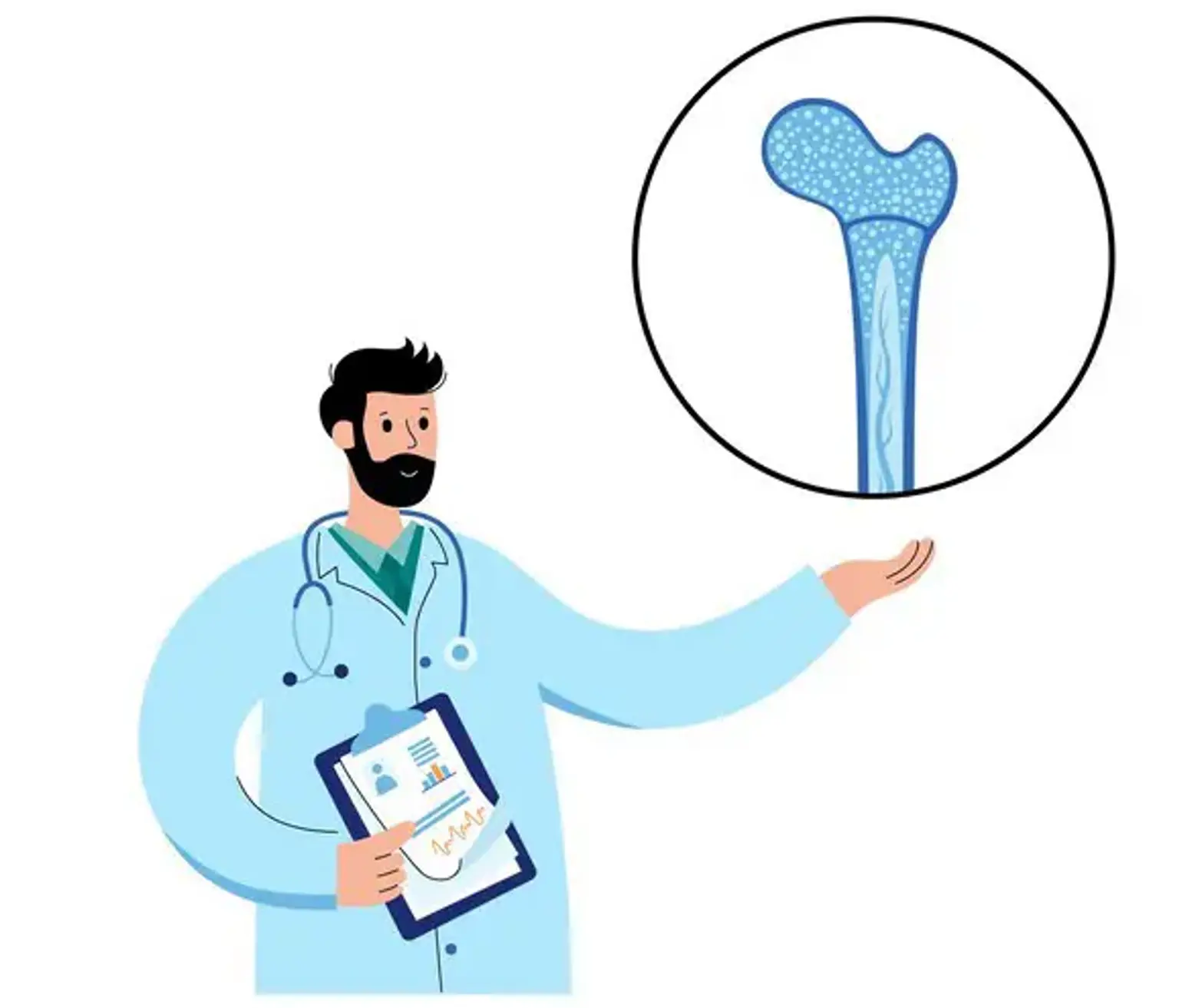Pediatric Bone Marrow Transplant
Overview
Blood cells are normally formed in bone marrow, a soft, spongy substance located in the core of some bones. That marrow is responsible for the production of healthy new blood cells. A bone marrow transplant involves the use of stem cells to regenerate healthy bone marrow. A transplant may significantly improve or cure illnesses such as cancer, blood diseases, and immune system disorders.
